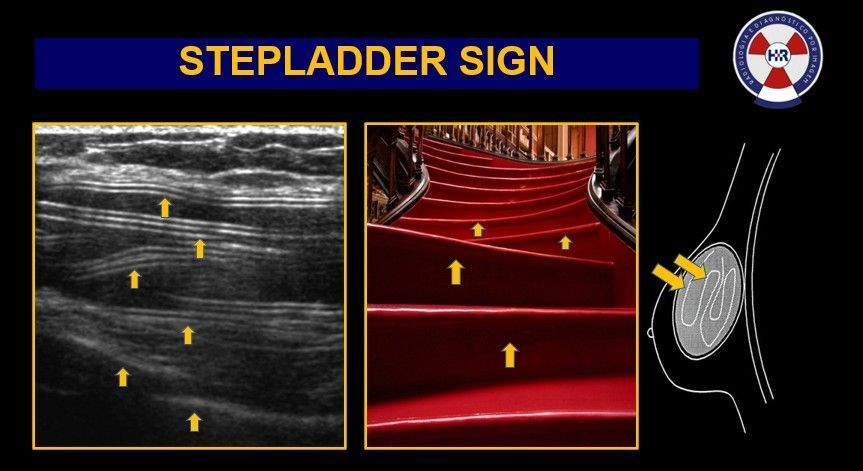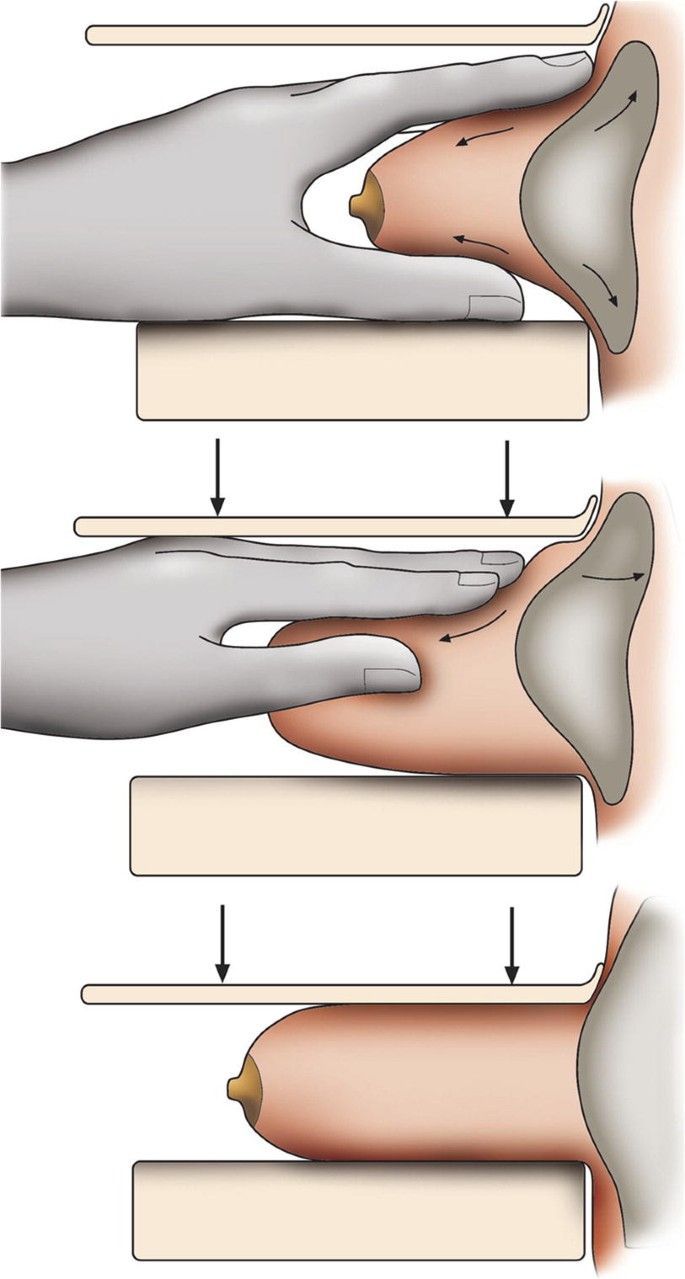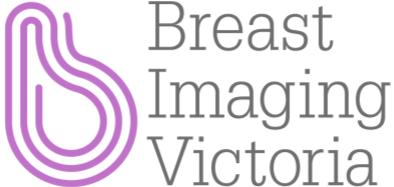Breast Density BI-RADS System
We’re pleased to hear that BreastScreen Victoria is now reporting on breast density - a welcome move toward transparency and personalised care. At Breast Imaging Victoria, we’ve been routinely reporting breast density for several years, because we’ve long believed that breast health starts with knowledge.
🧠 What does it mean to have dense breasts?
Breast density refers to the ratio of fibroglandular (dense) tissue to fatty tissue in the breast. It’s reported using the BIRADS classification:
- A (fatty)
- B (scattered fibroglandular)
- C (heterogeneously dense)
- D (extremely dense)
Around 40–50% of women fall into the C or D categories. Higher density can:
- Slightly increase breast cancer risk
- Make cancers harder to see on standard mammograms
🩺 What this means for GPS:
GPs now play a vital role in guiding patients with dense breasts toward appropriate follow-up, especially if other risk factors are present.
- Review patient history, age, and family risk
- Consider ultrasound or contrast-enhanced mammography where appropriate
- Help patients understand that density is not a diagnosis, but part of informed screening
🔍 What this means women:
Knowing your breast density empowers you to make informed choices. If you’ve been told you have dense breasts, speak to your GP about whether additional imaging may benefit you.
At Breast Imaging Victoria, we support both patients and GPs with a full suite of tailored breast imaging services—and we’re proud to lead the way in comprehensive breast density reporting.
💬 Knowledge is power. Let’s keep the conversation going.




